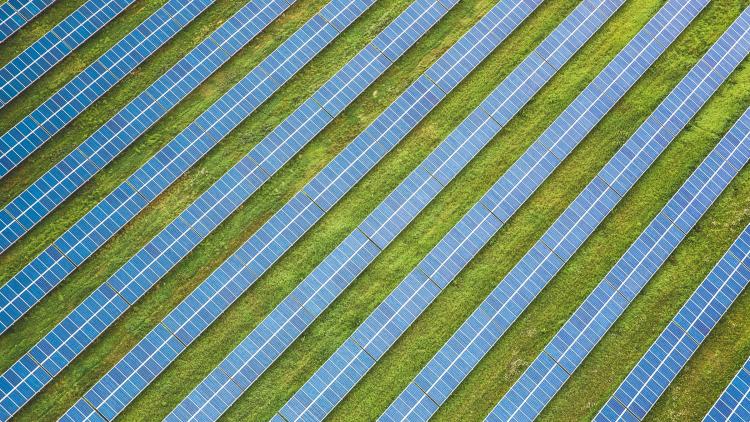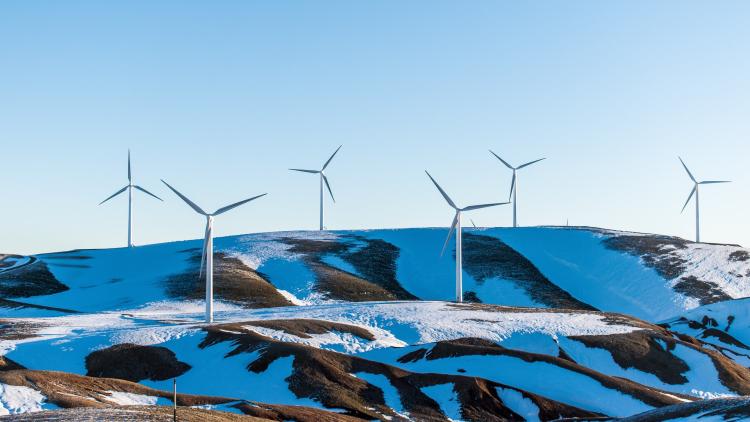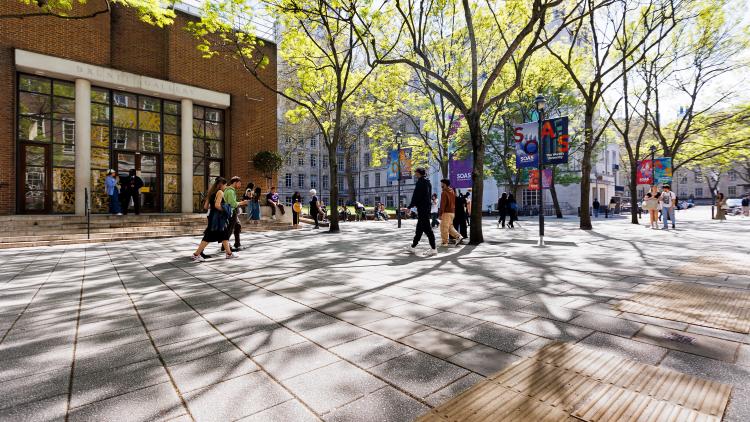A new report calls for urgent action on the growing sovereign debt crisis in the Global South


A new report by Debt Relief for Green and Inclusive Recovery Project co-led by the SOAS Centre for Sustainable Finance highlights the urgent need to address the growing sovereign debt crisis in the Global South and puts forward policy recommendations.
Time is running out to achieve the goals set out in the United Nations 2030 Agenda for Sustainable Development and the Paris Agreement. The Independent Expert Group to the Group of 20 (G20) estimates that emerging market and developing economies (EMDEs) excluding China will need to mobilise $3 trillion annually, $1 trillion from external sources and $2 trillion domestically, by 2030 to achieve the 2030 Agenda and the Paris Agreement.
A new report by the Debt Relief for Green and Inclusive Recovery project co-led by the SOAS Centre for Sustainable Finance performs an enhanced global external debt sustainability analysis (DSA) to estimate the extent to which EMDEs can mobilise the G20 Independent Expert Group recommended levels of external financing without jeopardising debt sustainability.
The report finds that of 66 economically vulnerable EMDEs, 47 EMDEs with a total population of over 1.11 billion people will face insolvency problems in the next five years if they seek to ramp up investment to meet climate and development goals.
The report’s main findings are as follows:
- External public and publicly guaranteed debt levels have more than doubled since 2008. In terms of debt service payments, 2024 is the costliest debt service year yet this century.
- Debt service payments are at an all-time high and are crowding out investment in development and climate. Nearly half of the world’s population lives in a country that spends more on external debt service than on investments in health or education.
- Private capital markets are out of reach for the majority of EMDEs. With bond yields higher than projected growth rates, EMDEs cannot rely on capital markets to roll over or issue new debt without jeopardizing their debt sustainability.
- In the next five years, an estimated 47 EMDEs would surpass the International Monetary Fund’s (IMF) external debt solvency thresholds as they mobilize capital to meet 2030 Agenda and Paris Agreement needs. According to the enhanced global external DSA performed in this report, these EMDEs would reach unsustainable levels of external public debt by 2028 if they were to invest at the levels needed to meet internationally agreed climate and development goals.
- An additional 19 EMDEs lack liquidity and fiscal space for climate and development investment. While these countries will not likely face imminent insolvency issues, they will not be able to finance necessary investments without credit enhancement or liquidity support.
The report makes the following policy recommendations:
- DSAs, which are under review at the IMF, need to be enhanced and calibrated to account for critical development investment needs, as well as the potential of climate and other shocks.
- The G20 Common Framework needs to be based on enhanced DSAs, compel all creditor classes to participate and deliver a level of debt relief necessary to mobilize financing for climate and development goals.
- Measures need to be taken to support countries not in debt distress but that face liquidity rather than solvency problems and that lack fiscal space for investments in development. Credit enhancement should be provided to lower the cost of capital, alongside other forms of support like a temporary debt service suspension to ensure countries remain liquid while increasing fiscal space for investing in a green and inclusive recovery.
Professor Ulrich Volz, Director of the SOAS Centre for Sustainable Finance, co-chair of the Debt Relief for Green and Inclusive Recovery project and co-author of the report says:
“By ignoring critical development and climate investment needs, the DSAs that are currently conducted by the IMF grossly underestimate debt sustainability problems in developing countries. Countries that are unable to invest in climate adaptation and resilience, health, education and food security will see their development prospects derailed, which will further undermine public debt sustainability.”
Countries that are unable to invest in climate adaptation and resilience, health, education and food security will see their development prospects derailed, which will further undermine public debt sustainability.
The Debt Relief for Green and Inclusive Recovery Project has developed a proposal that is, in many ways, a modern-day version of the Brady Plan and the Highly Indebted Poor Countries Initiative of the 1990s combined. The DRGR proposal consists of three pillars:
- Public and multilateral creditors should grant significant debt reductions that not only bring a distressed country back to debt sustainability but put the country on a path to achieving development and climate goals—in a manner that preserves the financial health and credit rating of multilateral institutions.
- Private and commercial creditors should grant commensurate debt reductions alongside public creditors with a fair comparability of treatment. These creditors must be compelled to enter negotiations through a combination of ‘carrot’ and ‘stick’ incentives.
- Credit enhancement should be provided for countries not in debt distress but that lack fiscal space to lower the cost of capital, alongside other forms of support like a temporary debt service suspension to ensure countries remain liquid while increasing fiscal space for investing in a green and inclusive recovery.
The Debt Relief for Green and Inclusive Recovery proposal is designed to address the immediate challenges facing indebted EMDEs, while providing a stepping-stone towards establishing a new global debt architecture that is fair, transparent, efficient and cognizant of the needs of EMDEs.
Debt relief alone is not a substitute for a permanent sovereign debt workout mechanism and the deeper reforms needed to reform the global financial architecture. It should be provided as part of a package of new liquidity and affordable development finance, alongside reforms to the global financial architecture.
In short, the report argues that debt relief is urgently needed to allow at least 47 economically vulnerable EMDEs to maintain debt sustainability while investing in climate and development. Otherwise, the international community risks a potential default on the 2030 Agenda and the Paris Agreement.
Header image credit: Ben White via Unsplash.


